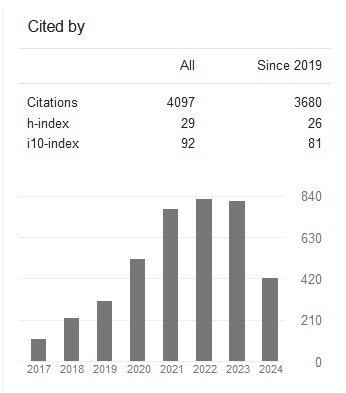RT-PCR and DNA microarray measurement of mRNA cell proliferation( Vol-7,Issue-12,December - December 2021 ) |
|
Author(s): Rawaz Rizgar Hassan, Abdullah Othman Hassan, Rzgar Farooq Rashid, Shang Ziyad Abdulaqadir |
|
Keywords: |
|
|
mRNA, DNA, RT-PCR, DNA Microarray. |
|
Abstract: |
|
|
For mRNA quantification, RT-PCR and DNA microarrays have been compared in few studies (RT-PCR). Healing callus of adult and juvenile rats after femur injury was found to be rich in mRNA at various stages of the healing process. We used both methods to examine ten samples and a total of 26 genes. Internal DNA probes tagged with 32P were employed in reverse transcription-polymerase chain reaction (RT-PCR) to identify genes (RT-PCR). Ten Affymetrix® Rat U34A cRNA microarrays were hybridized with biotin-labeled cRNA generated from mRNA. There was a wide range of correlation coefficients (r) between RT-PCR and microarray data for each gene. Meaning became genetically unique because of this diversity. Relatively lowly expressed genes had the highest r values. The distance between PCR primers and microarray probes was found to be higher than previously assumed, leading to a drop in agreement between microarray calls and PCR outcomes. Microarray research showed that RT-PCR expression levels for two genes had a "floor effect." As a result, PCR primers and microarray probes that overlap in mRNA expression levels can provide good agreement between these two techniques. |
|
| Article Info: | |
|
Received: 03 Nov 2021; Received in revised form: 05 Dec 2021; Accepted: 14 Dec 2021; Available online: 20 Dec 2021 |
|
Cite This Article: |
|
| Show All (MLA | APA | Chicago | Harvard | IEEE | Bibtex) | |
Share: |
|

 DOI:
DOI: 



























